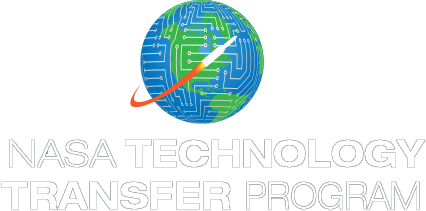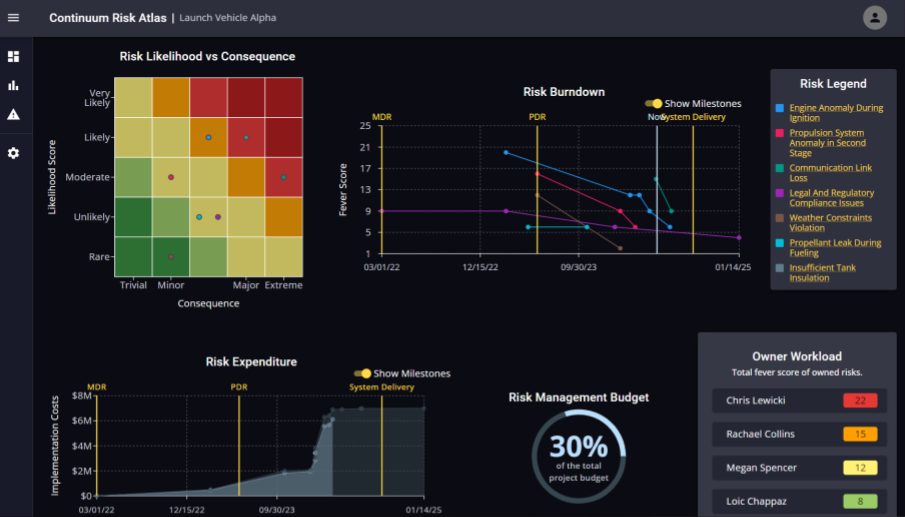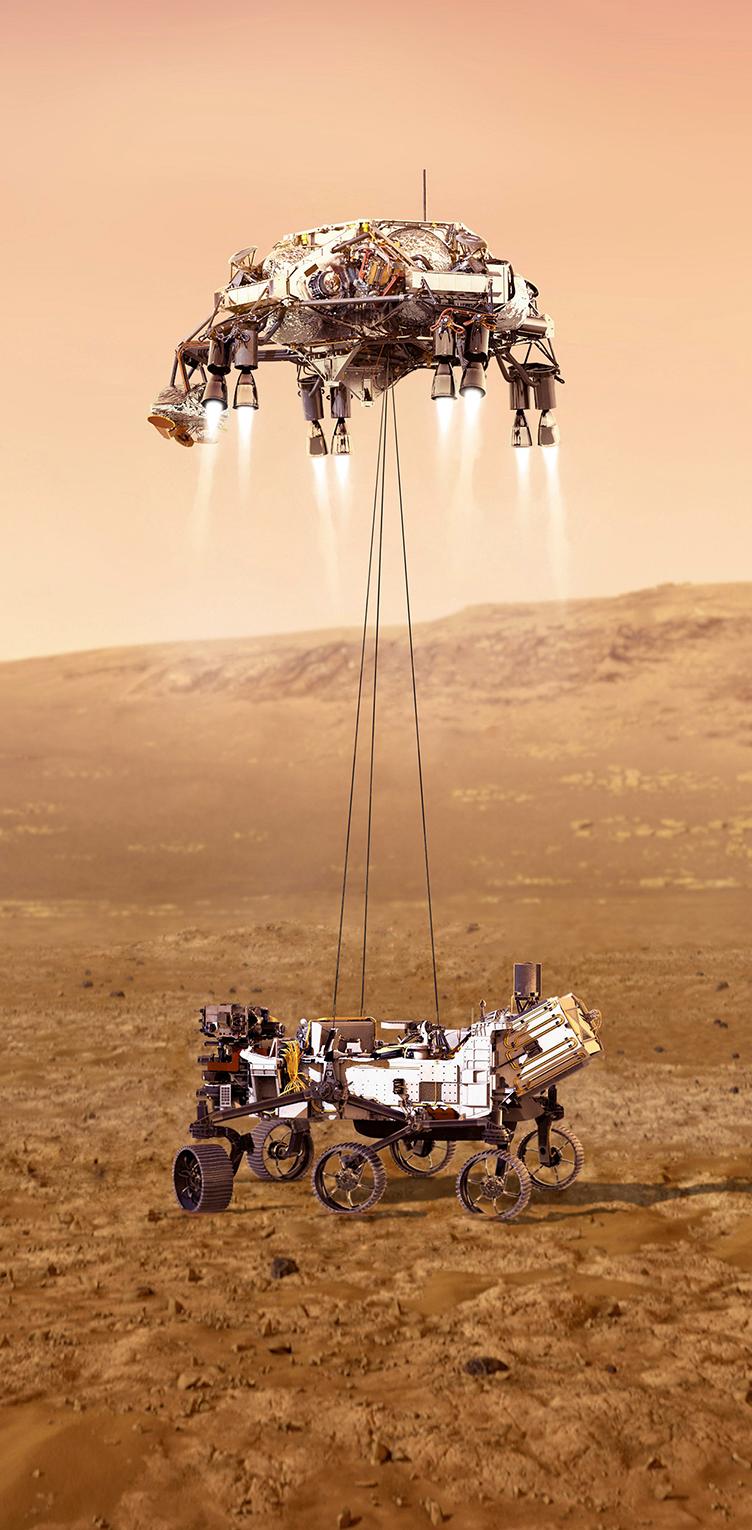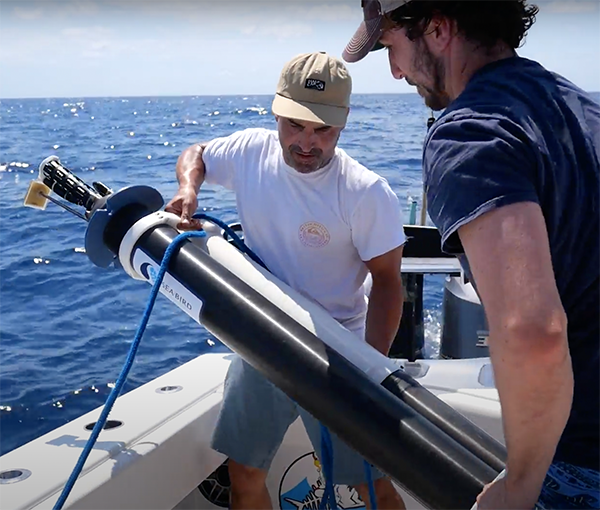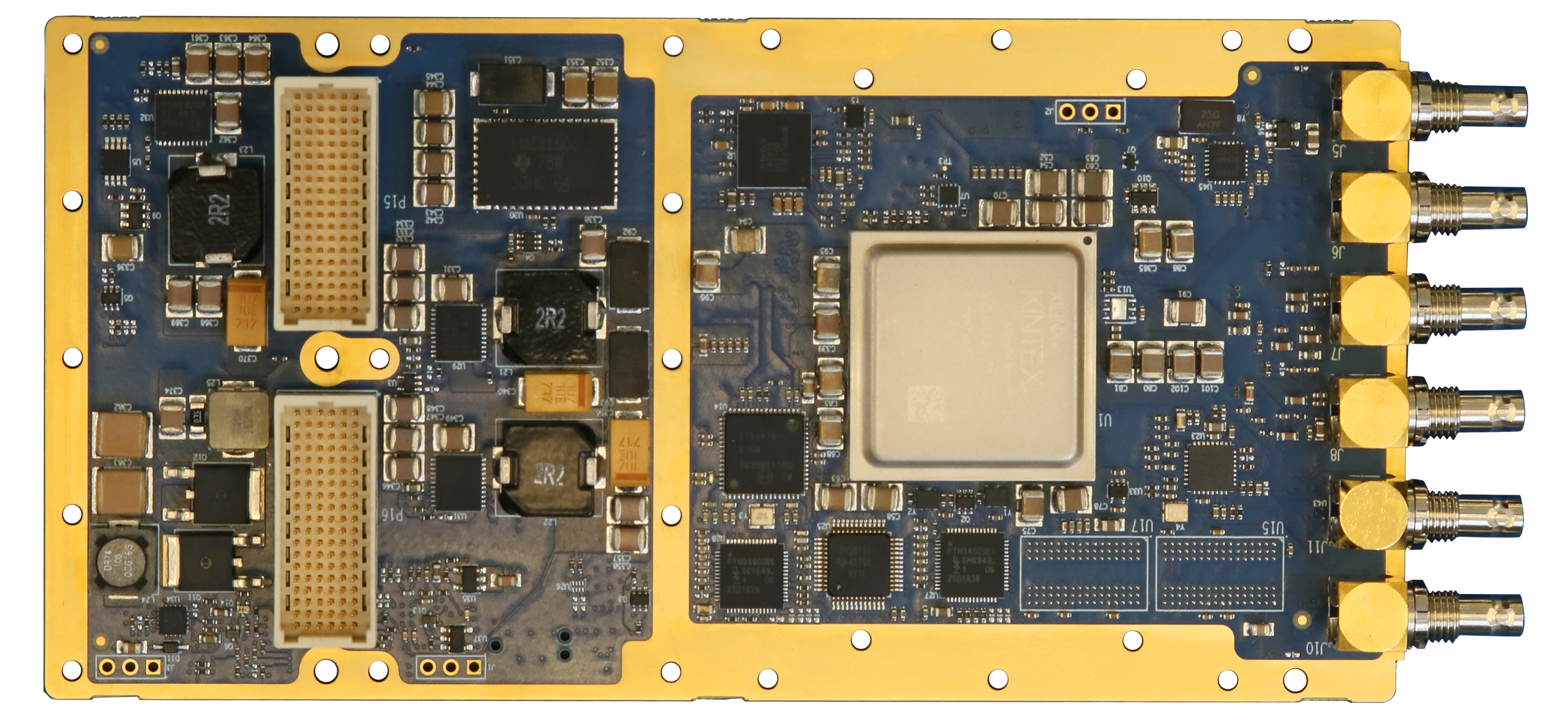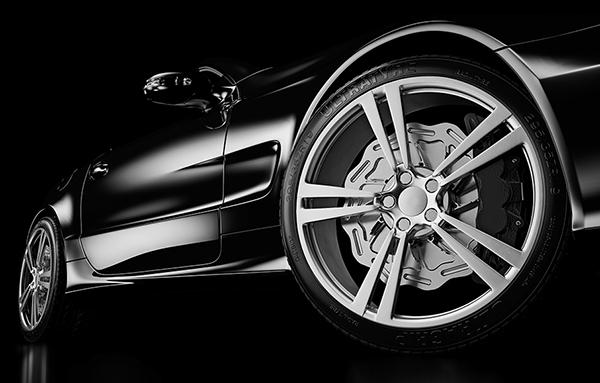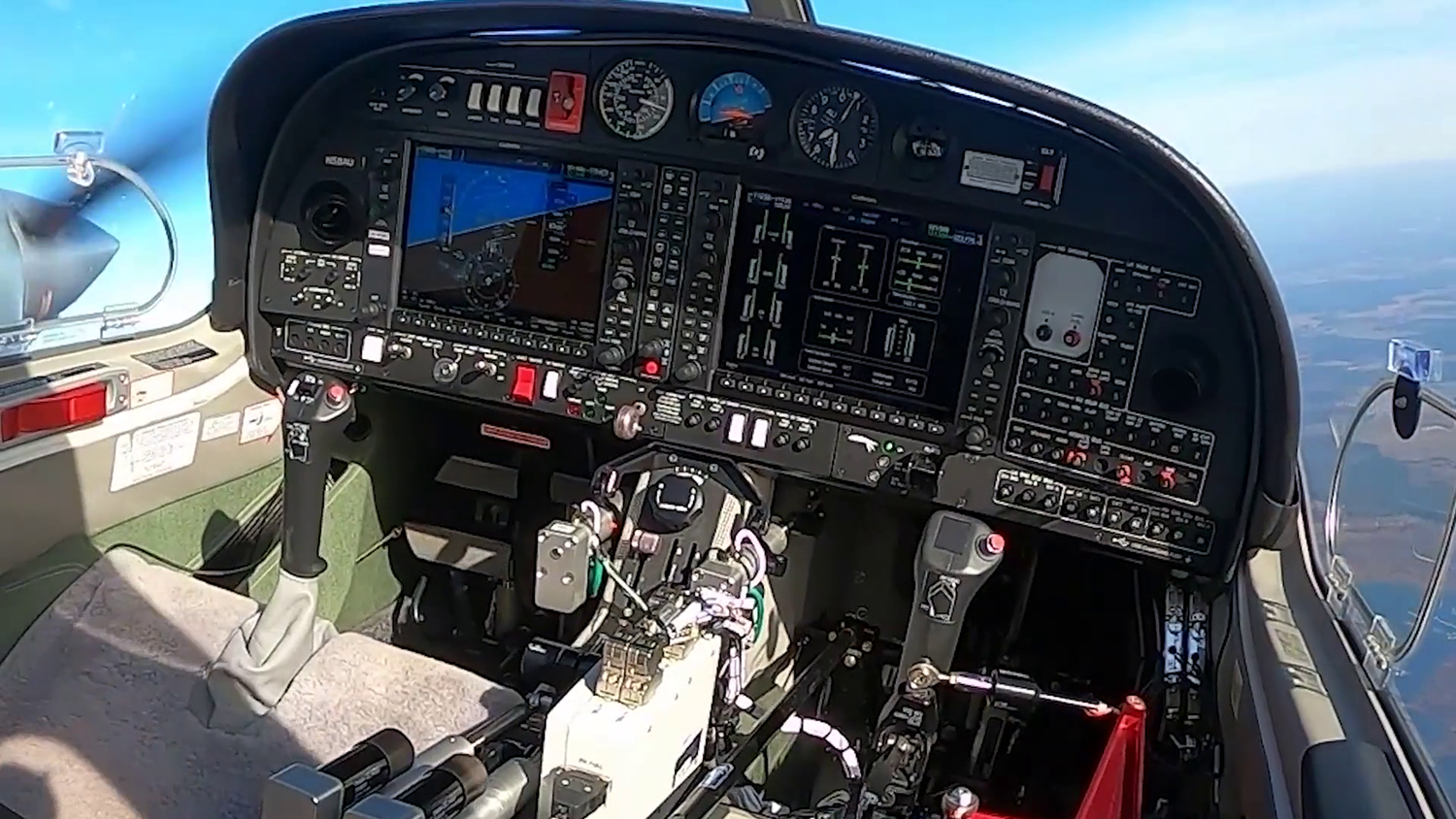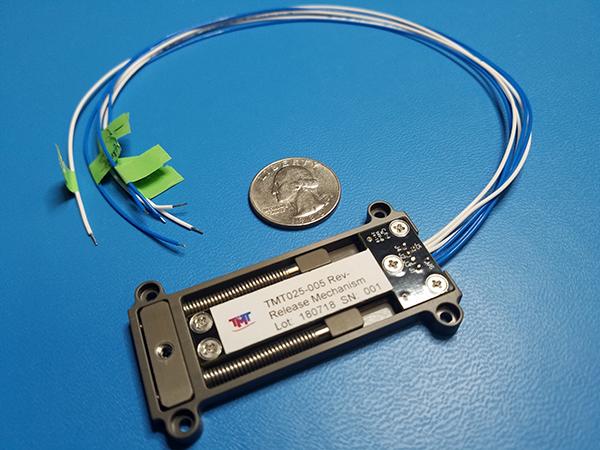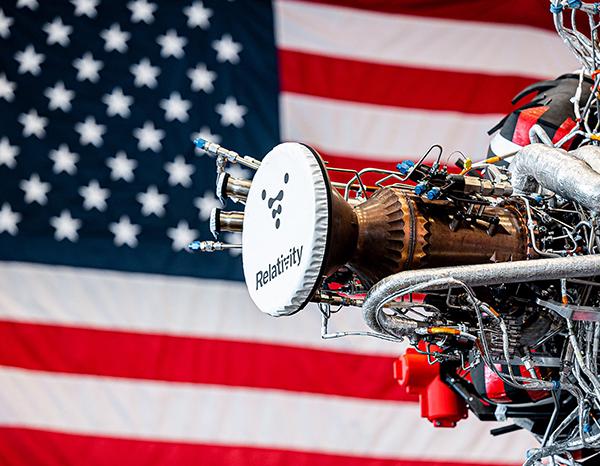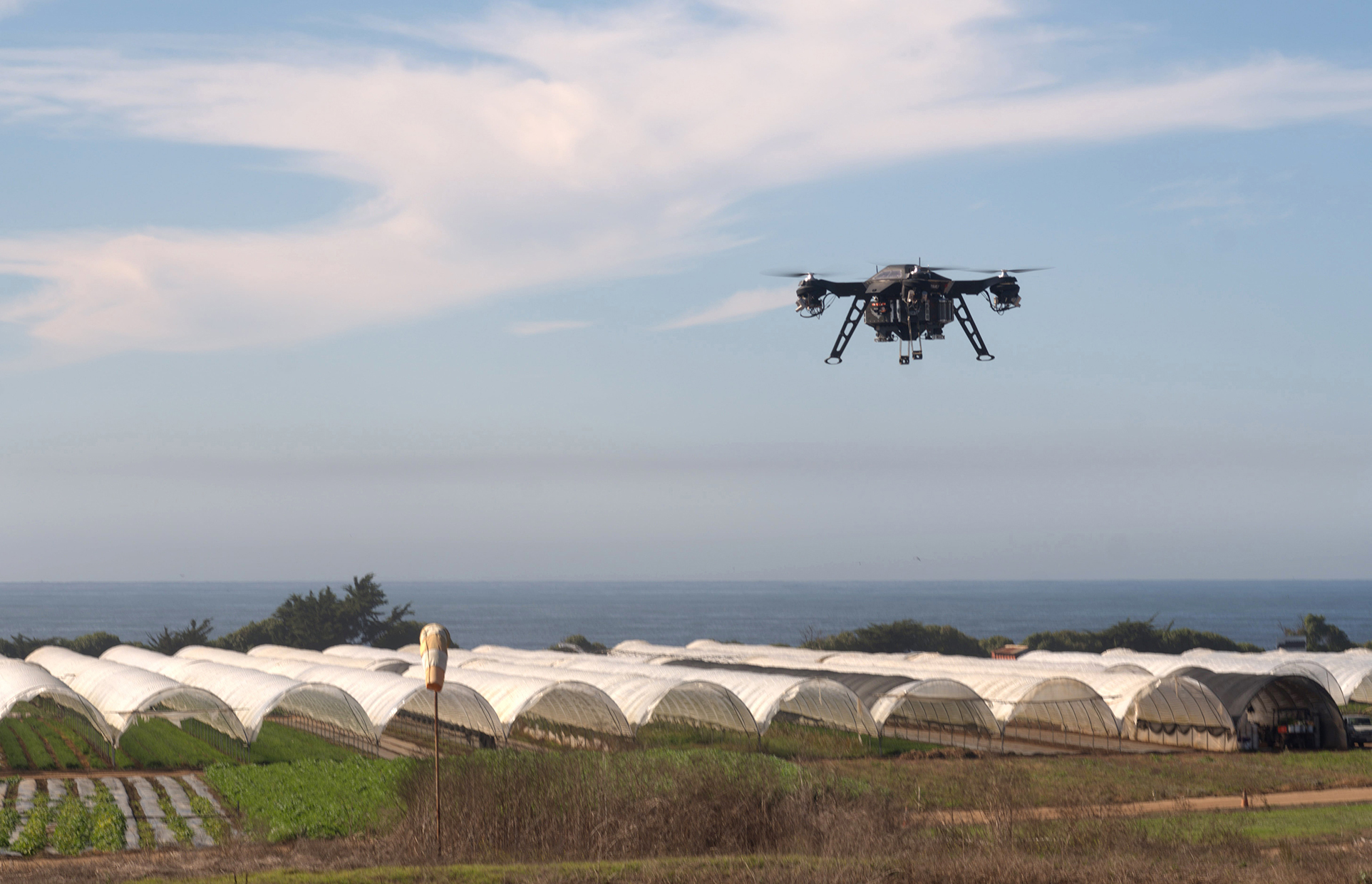
Bringing Hybrid Power to the Rescue
Subheadline
NASA-funded hybrid power system makes drones more capable in disasters
In industries all over the country, remotely piloted aircraft have become a common sight. However, most of these drones have a weakness: they can’t carry more than a few pounds without major trade-offs in flight time. This limitation is inherent to the energy capacity of the batteries that power these vehicles, but a technology explored by NASA has been adapted to mitigate these drawbacks and enable more capable aircraft.
Living in California, Joshua Resnick had seen his fair share of wildfires. As he watched low-flying helicopters skim along the tops of burning trees just to monitor firefighting efforts, it gave him an idea.
“You look at some of those helicopter missions, and you realize it’s a waste of labor and equipment, and it’s all to do a small mission where a person has to go into a really dangerous situation,” said Bobby Hulter, a friend of Resnick’s. “If you had a drone that could lift 50 pounds and fly for longer than 10 minutes, it doesn’t need to be a helicopter, it can be a $500,000 solution instead of a $25 million solution.”
Soon after, Resnick, Hulter, and friend David Adams cofounded Parallel Flight Technologies Inc. of La Selva Beach, California. Parallel Flight’s name comes from the company’s chosen method of increasing a drone’s capabilities, the parallel hybrid motor. Much like the drivetrain of a hybrid car, it combines a gasoline-powered engine with an electric motor. Unlike a serial hybrid, which uses the gas engine to run a generator that then drives electric motors, a parallel hybrid can switch between the two power sources, playing to each other’s strengths. Compared to using batteries alone, Hulter said, hybrid engines give the aircraft more cargo capacity and the ability to stay in the air for 40% longer. When the Parallel Flight team saw that NASA’s Small Business Innovation Research (SBIR) program was looking for alternative energy and transportation proposals, they decided to apply.
In 2019, Parallel Flight received Phase I SBIR funding from NASA’s Glenn Research Center in Cleveland to test the concepts behind the company’s hybrid system and build a test bed for the engines. An important part of the SBIR was ensuring that the hybrid engines could fail safely. Rotorcraft can have several rotors on multiple arms, and a failure on one or more rotors could cause the drone to fall out of the sky. In that event, it was important to ensure the hybrid system could keep working to bring the aircraft down safely.
“If an engine dies on one arm, every single arm has its own engine, and the other arms can help take over in the event of a failure,” said Hulter, now director of software and controls at Parallel Flight. “The SBIR allowed us to test that functionality and prove we were able to fly through that and other engine-out events.”
While the NASA SBIR funding wasn’t continued past the first phase, Parallel Flight received additional funding from the National Science Foundation, the U.S. Department of Agriculture, and National Security Innovation Capital to further build the capabilities of its drone. Soon the company’s commercial hybrid rotorcraft, now called Firefly, was in the air. In 2024, Parallel Flight made the first domestic sale of the Firefly platform to an industrial drone operator that uses these aerial systems to perform agricultural spraying, transport medical supplies, provide aid after natural disasters, and fight wildfires
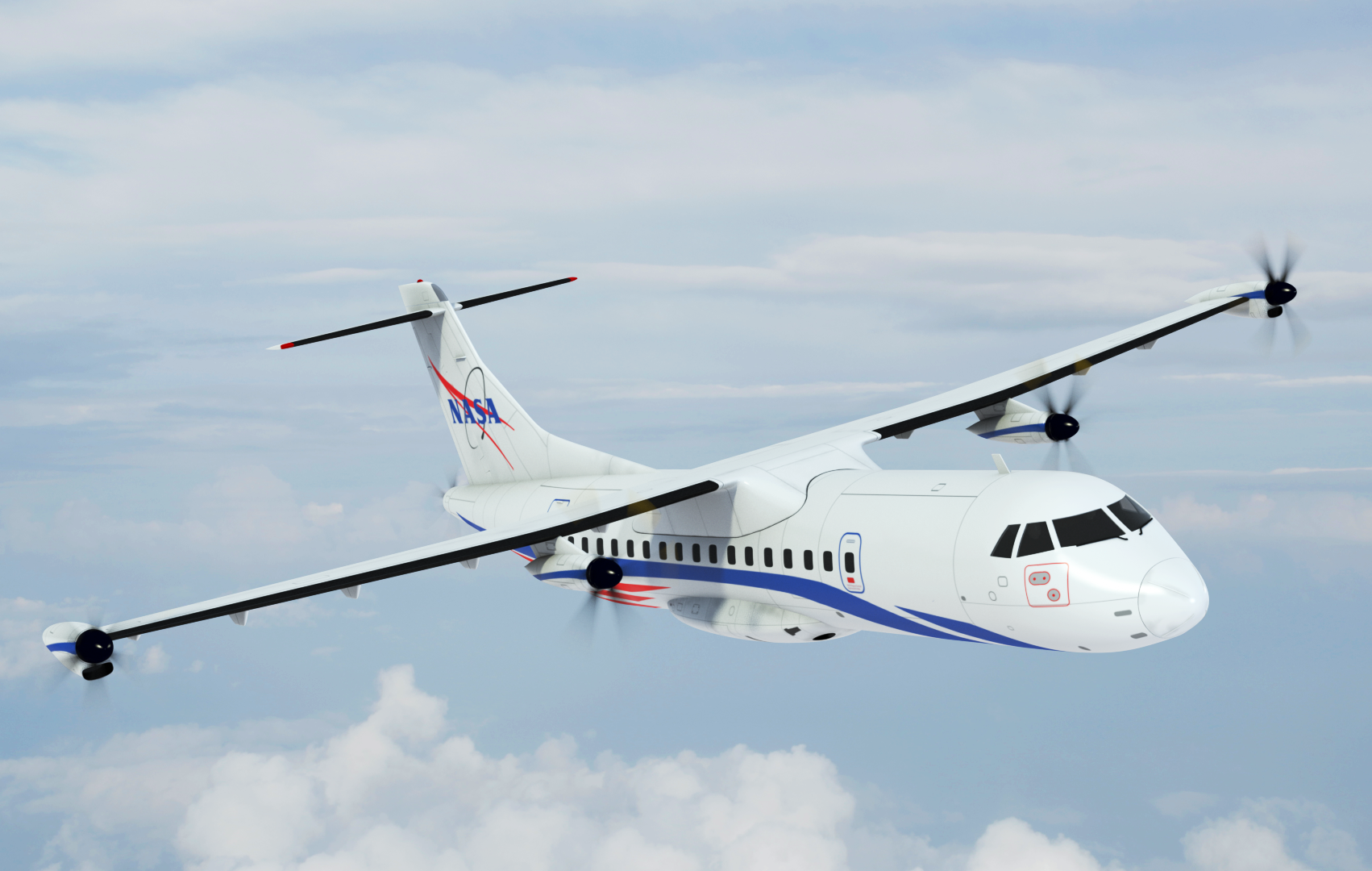
NASA’S Glenn Research Center has pursued hybrid powertrain aircraft for years, through projects such as the Electrified Powertrain Flight Demonstration. Funding from Glenn resulted in Parallel Flight’s initial test bed for the company’s hybrid motor. Credit: NASA
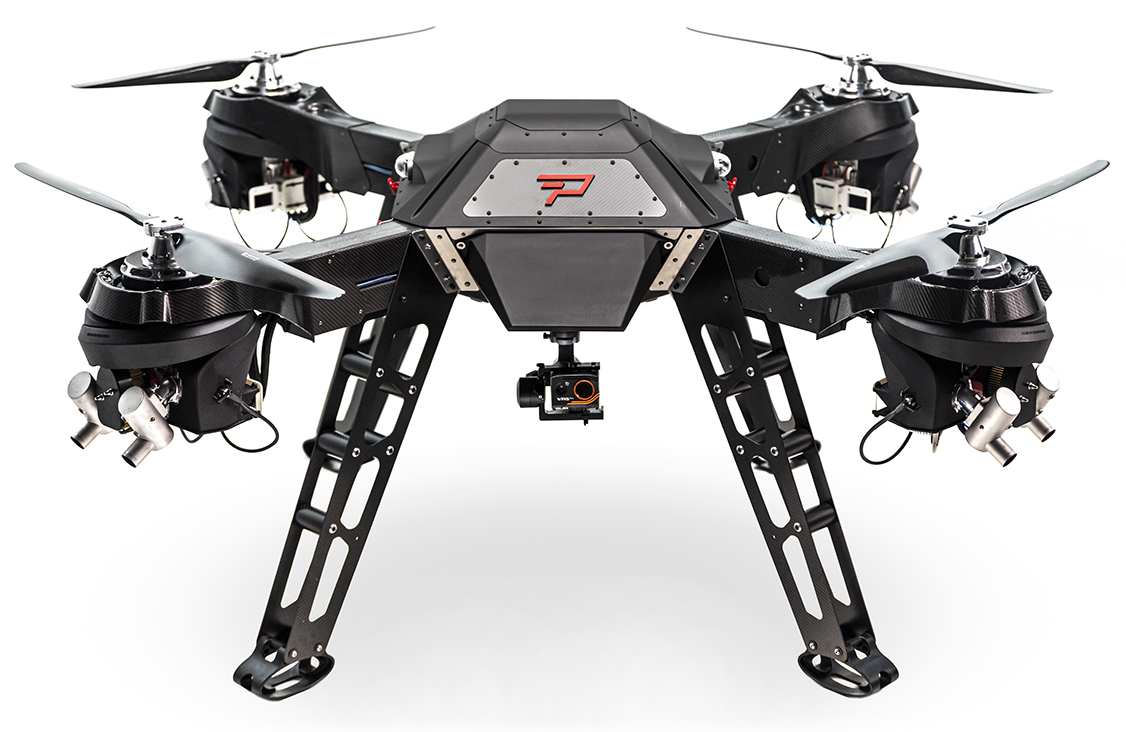
The Firefly aircraft can carry up to 100 pounds of cargo or equipment, including cameras and tools for fighting fires. Credit: Parallel Flight Technologies Inc.

Parallel Flight Technologies’ Firefly aircraft is designed to run for 100 minutes while fully loaded, allowing the aircraft to perform agricultural surveys as well as assist in the aftermath of natural disasters. Credit: Parallel Flight Technologies Inc.

